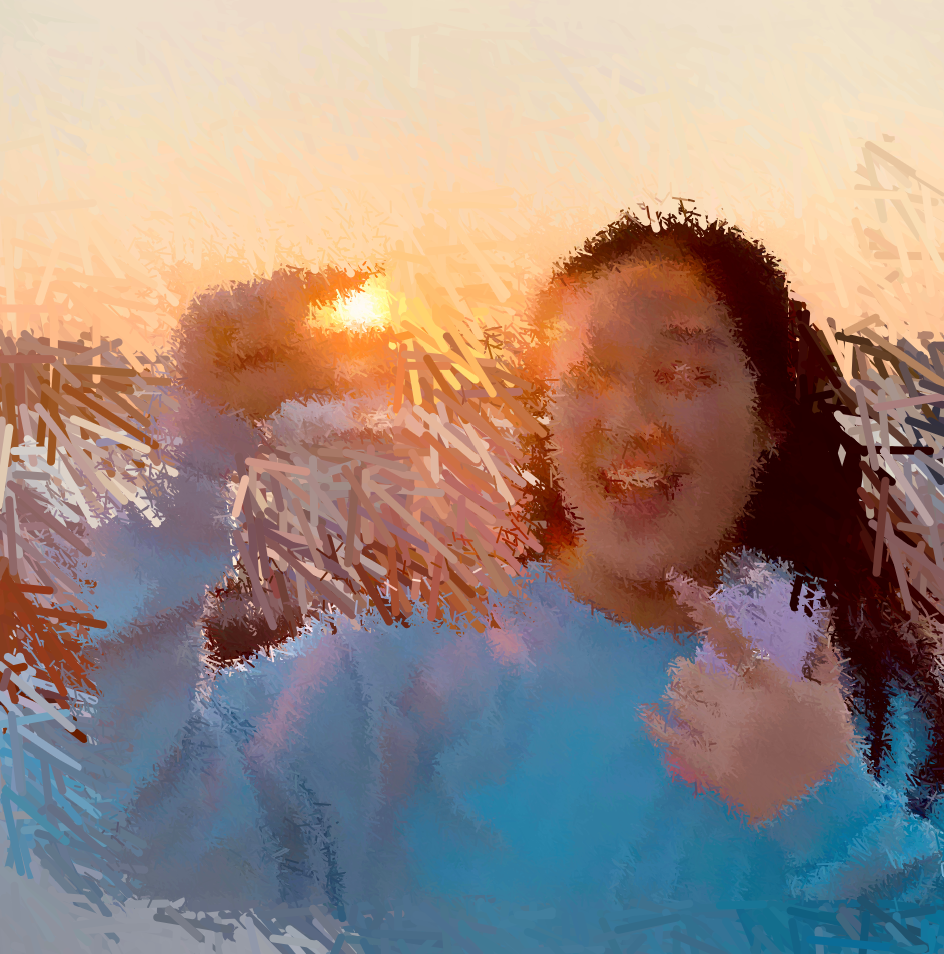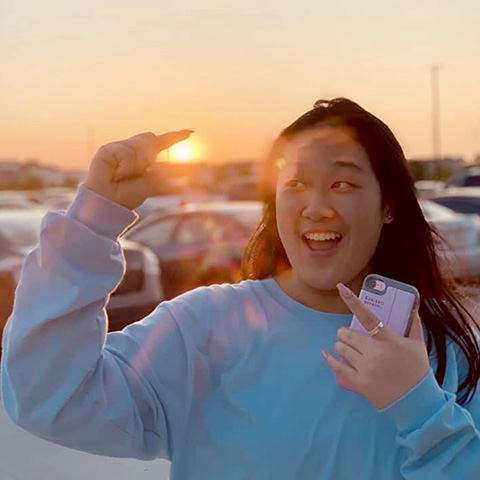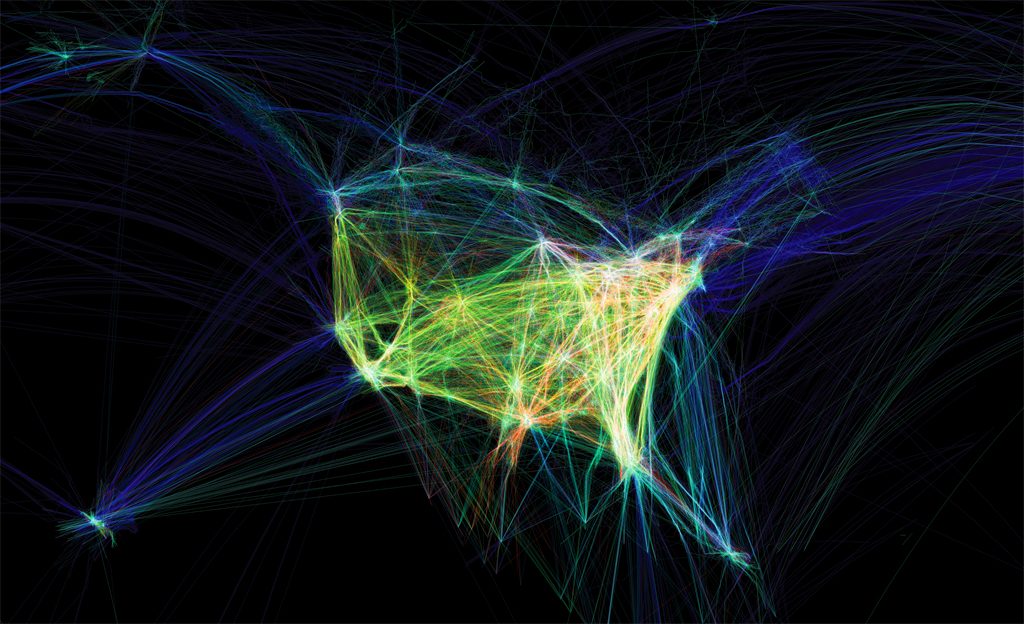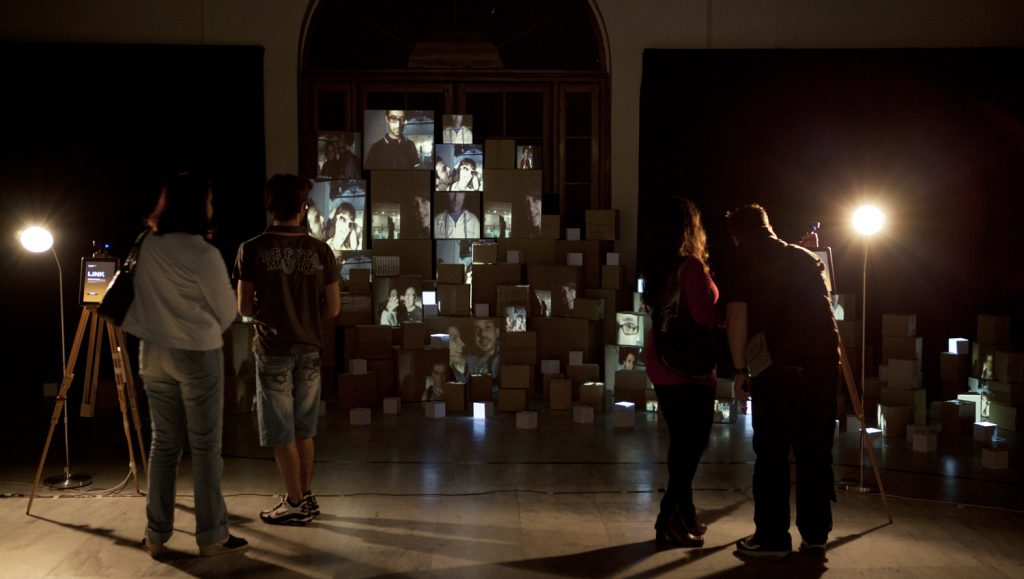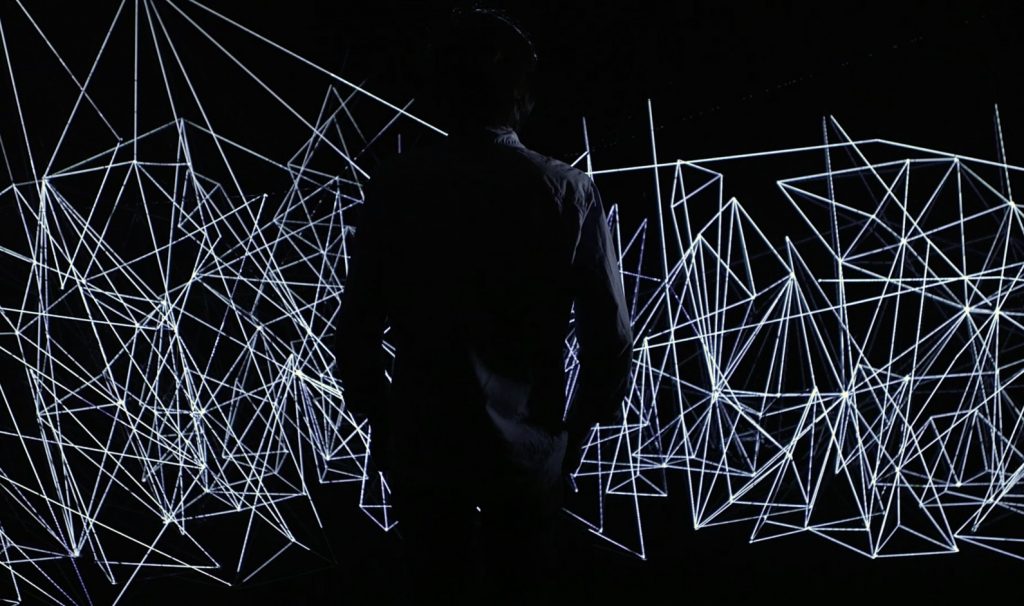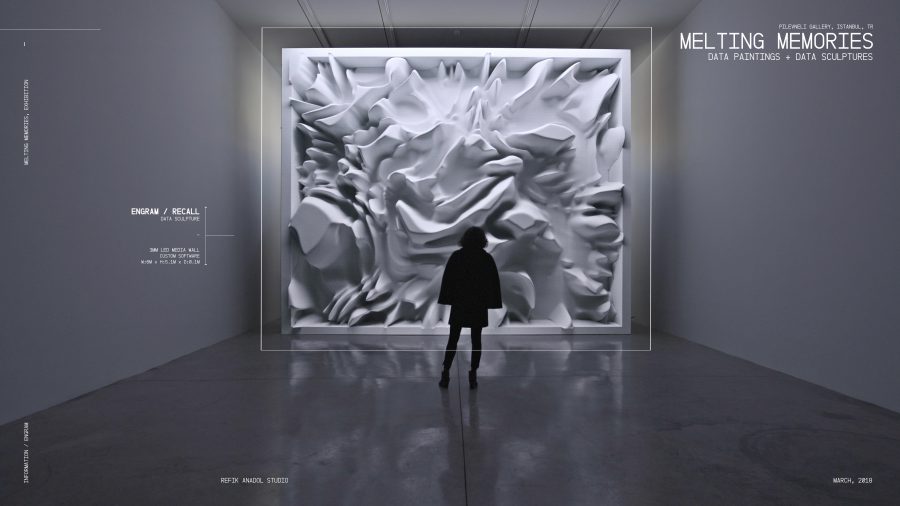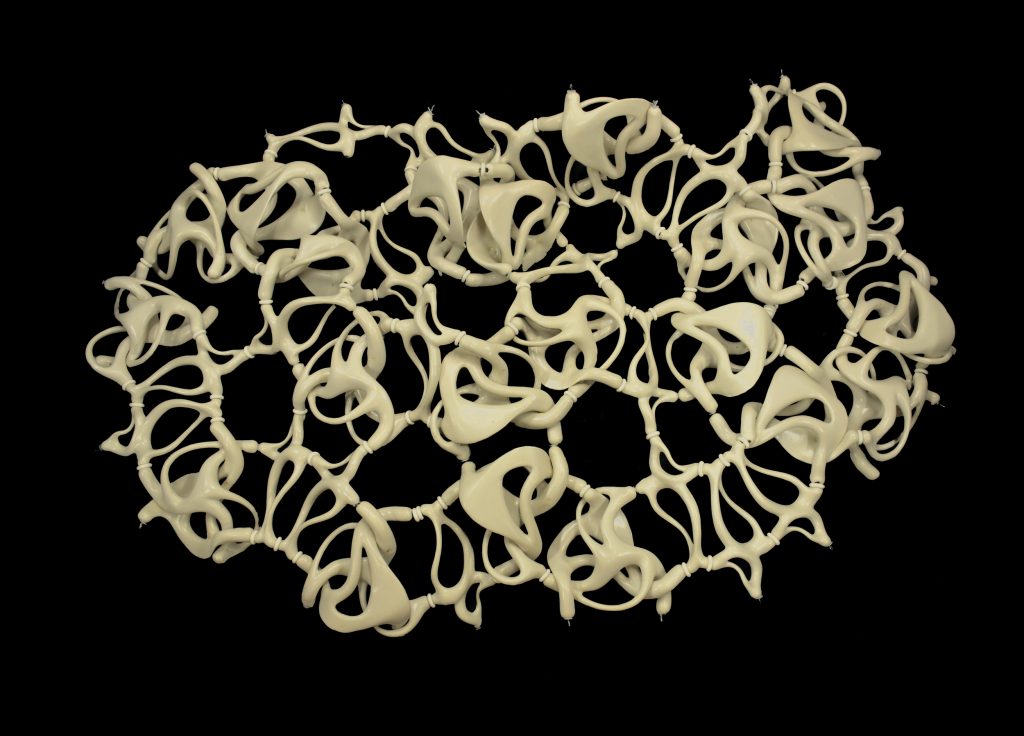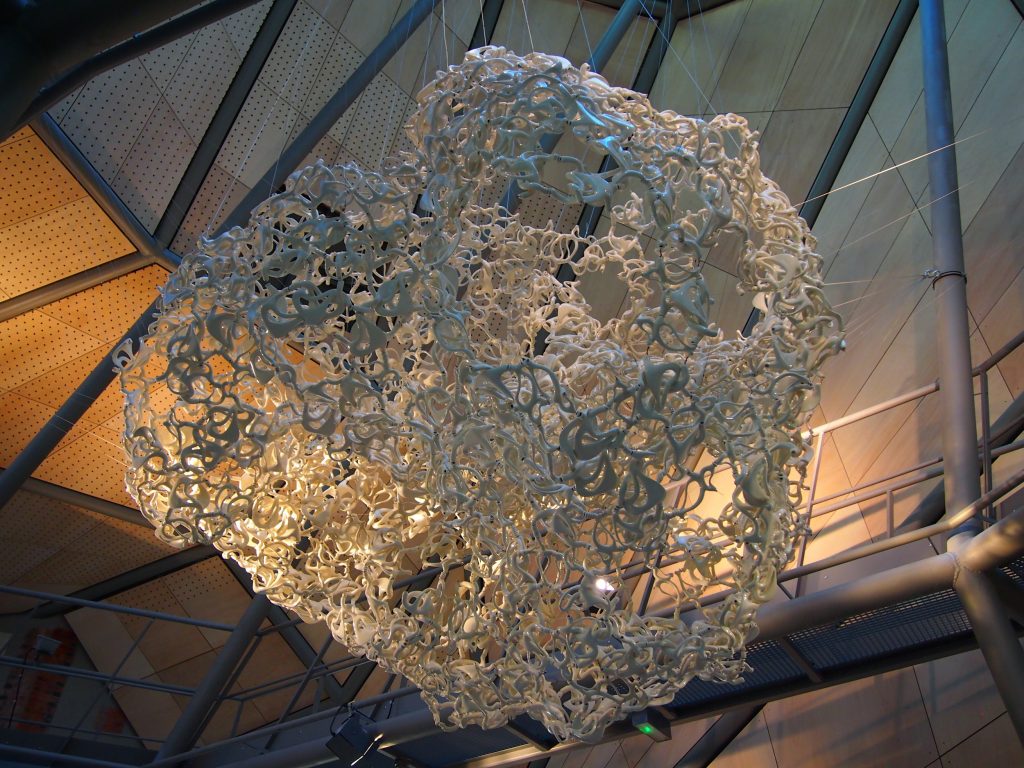Looking into the Looking Outwards 8 report by CJ Walsh, I was intrigued by Meow Wolf, which an artist collective. Consisting of more than 400 employees with various artistic and digital backgrounds, Meow Wolf is known for creating interactive installation projects. The project that was analyzed is called the “House of Eternal Return,” which is a large immersive space (20,000 square foot art exhibit) in Santa Fe. Once a visitor enters the space that resembles the lawn of a Victorian House, he or she is then able to explore and discover portals into other worlds. Likewise, this space contains dozens of rooms, secret passages, and even musical objects that the visitors can interact with to unfold the mystery of the Selig family, who mysteriously disappeared after conducting a forbidden experiment. This maximalist art showcase engages guests of all ages, letting them walk, climb, and crawl through fantastic and unexpected environments within a particular narrative.
Personally, I agreed with most of my peer’s assessment, as I appreciated not only the resultative project, but also the strenuous process that was involved. In the lecture video, the way the group presented a lot of visuals like progress videos really showed how they were able to overcome challenges, particularly in establishing themselves as a productive artist group. Moreover, I wanted to add to how Meow Wolf really strives to challenge social norms and radical inclusions through community based art projects.

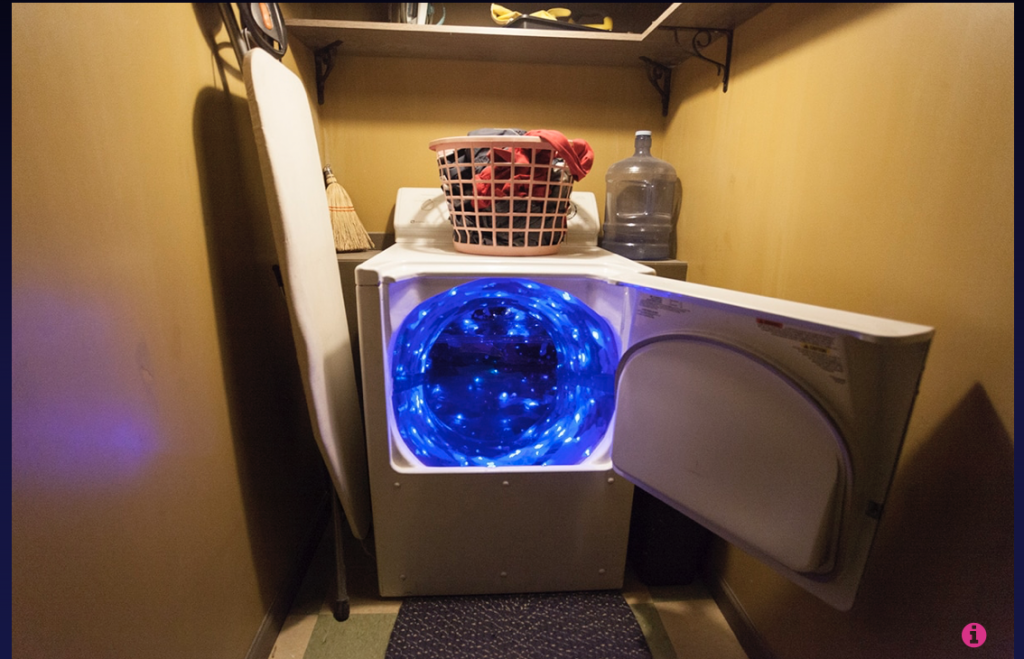
Link to Meow Wolf website: https://meowwolf.com
![[OLD FALL 2019] 15-104 • Introduction to Computing for Creative Practice](../../../../wp-content/uploads/2020/08/stop-banner.png)

